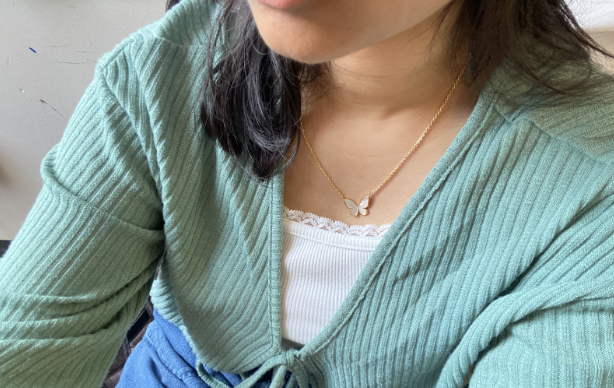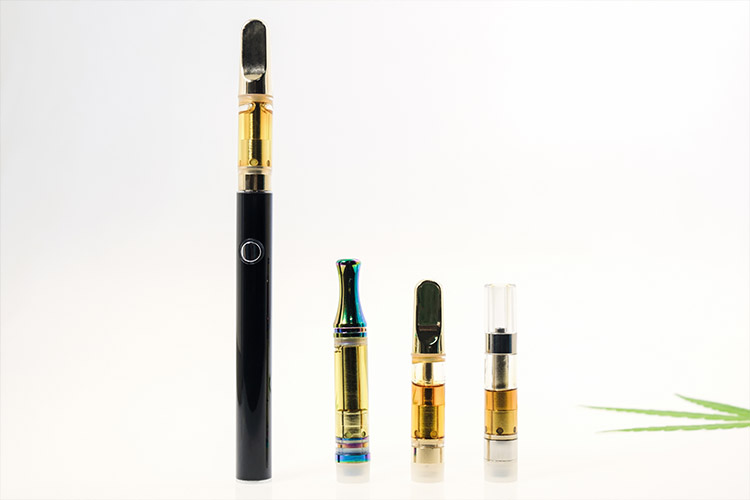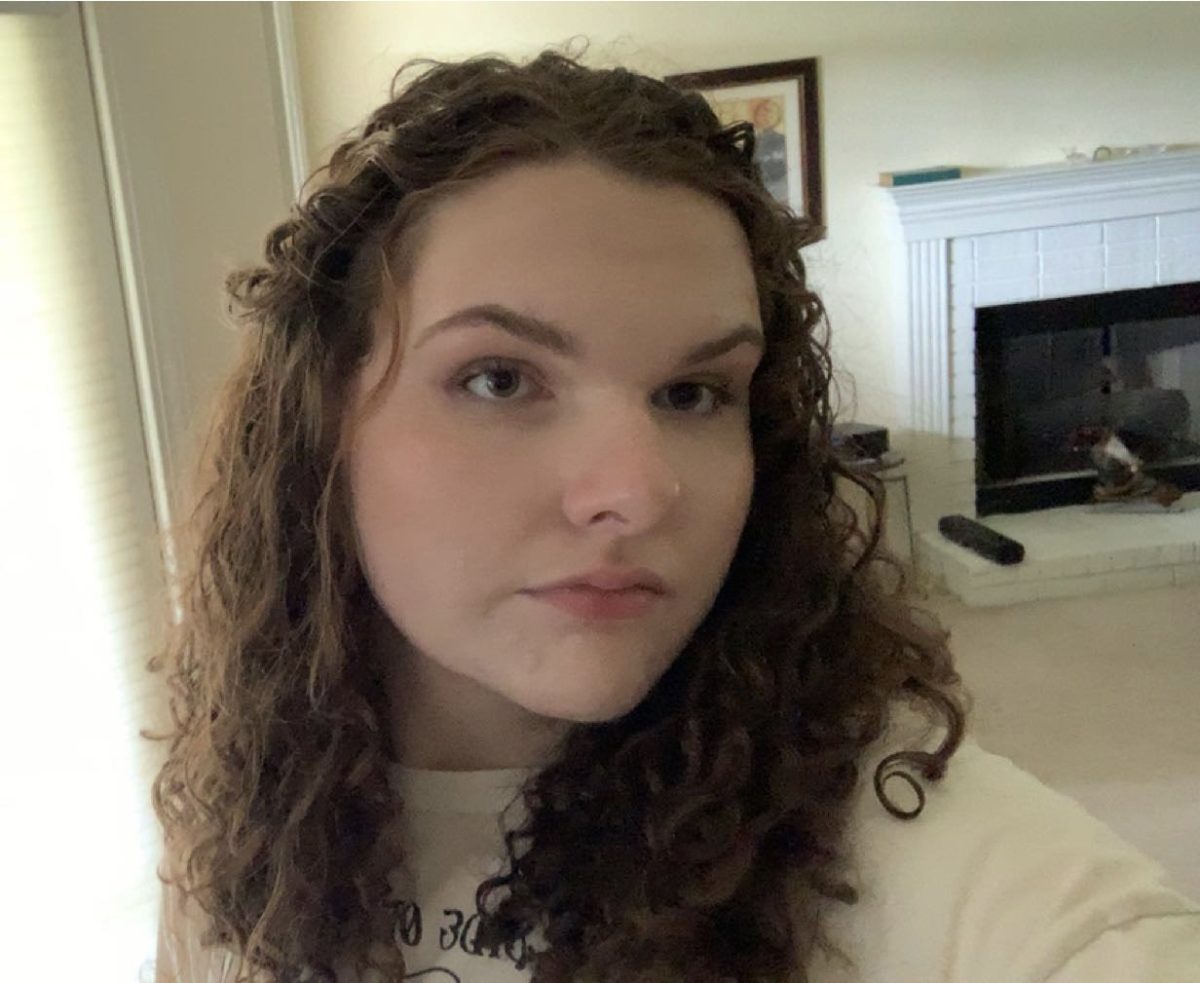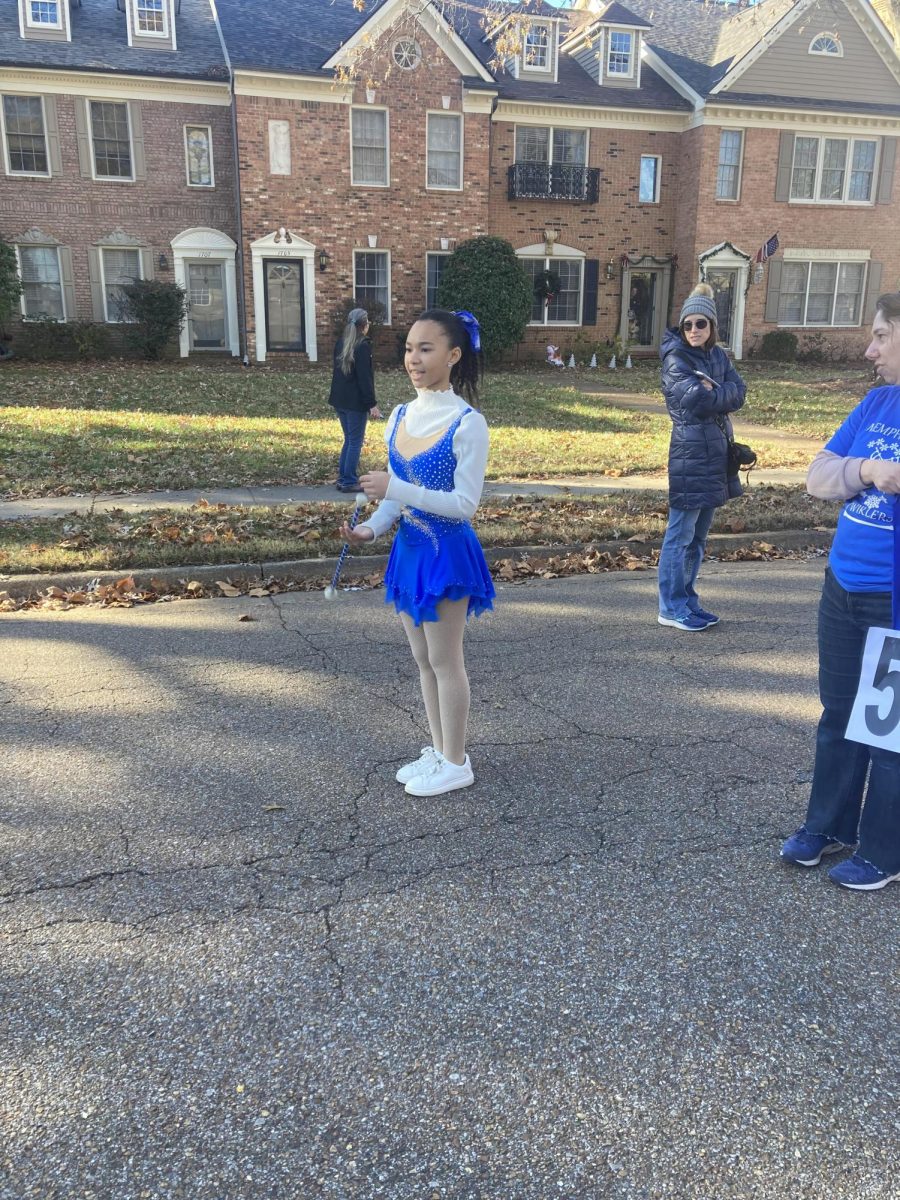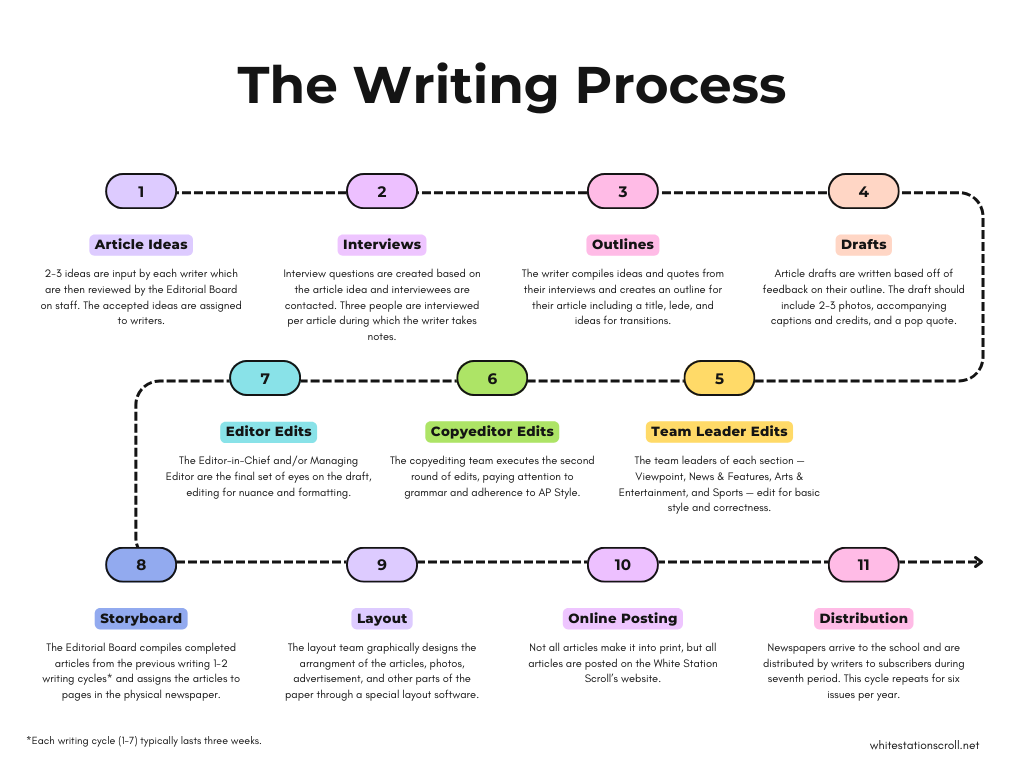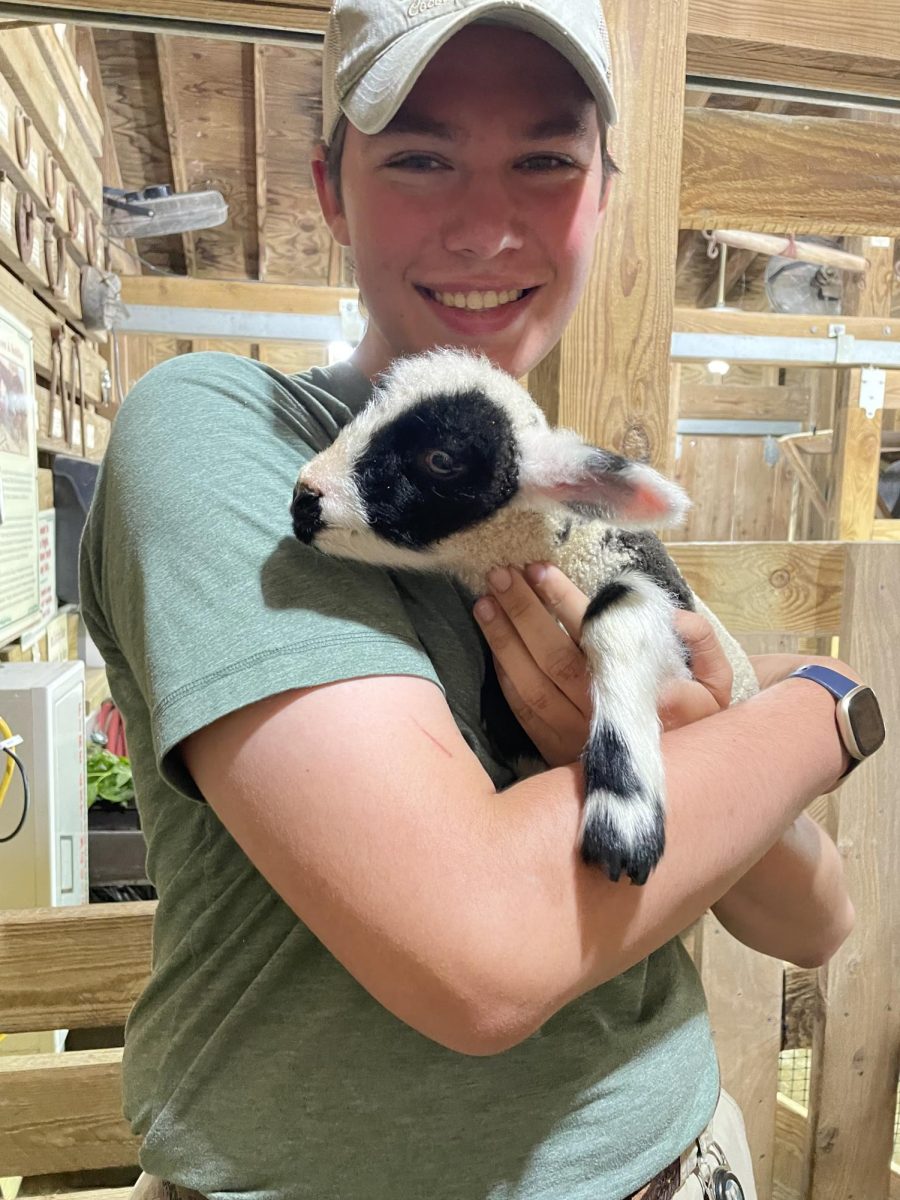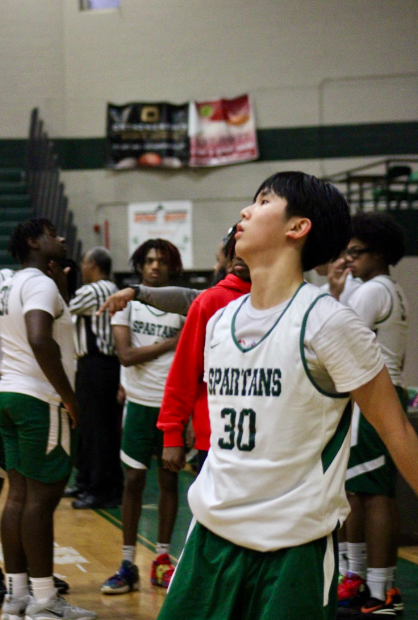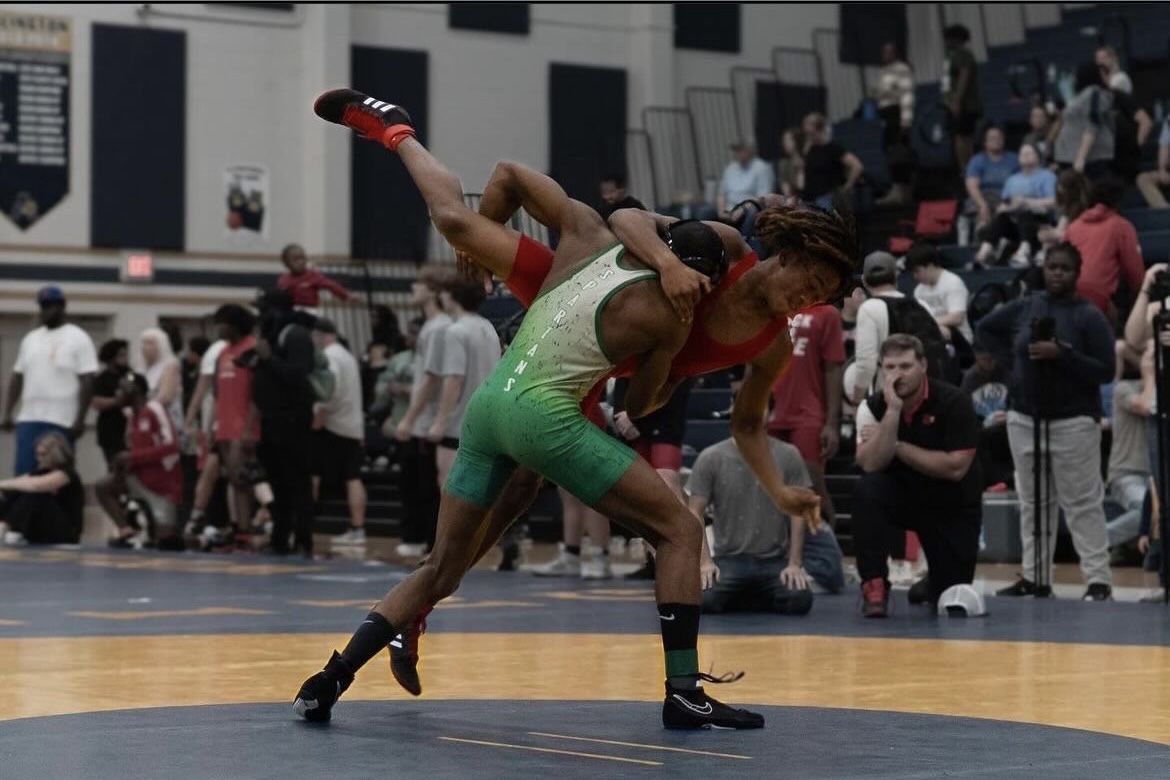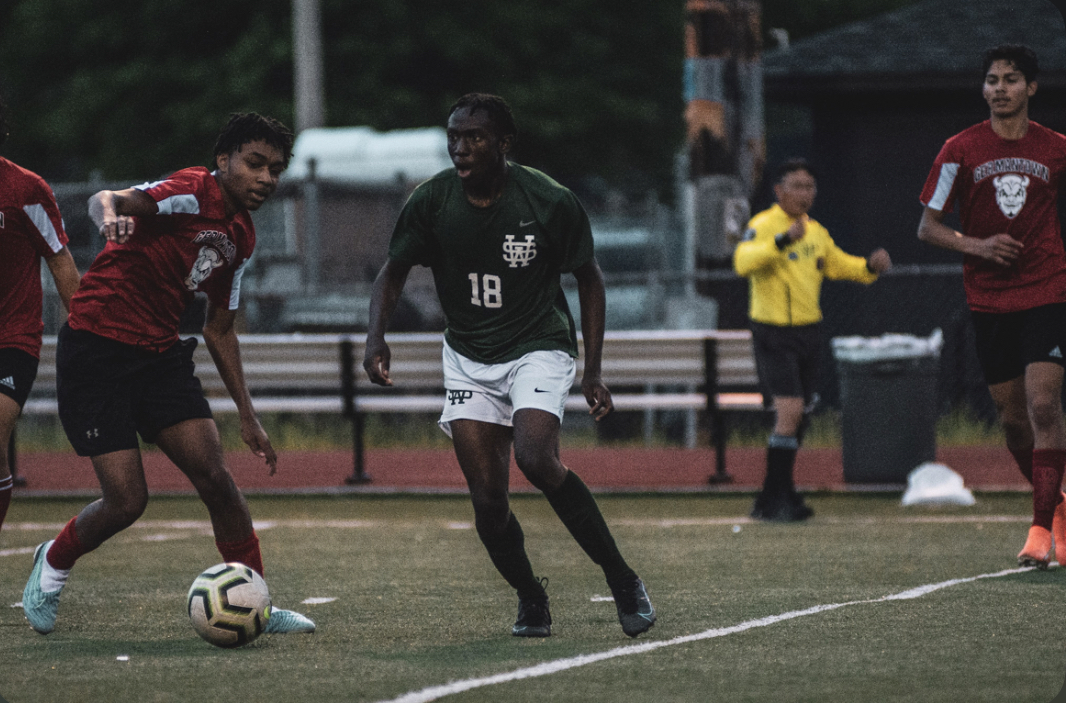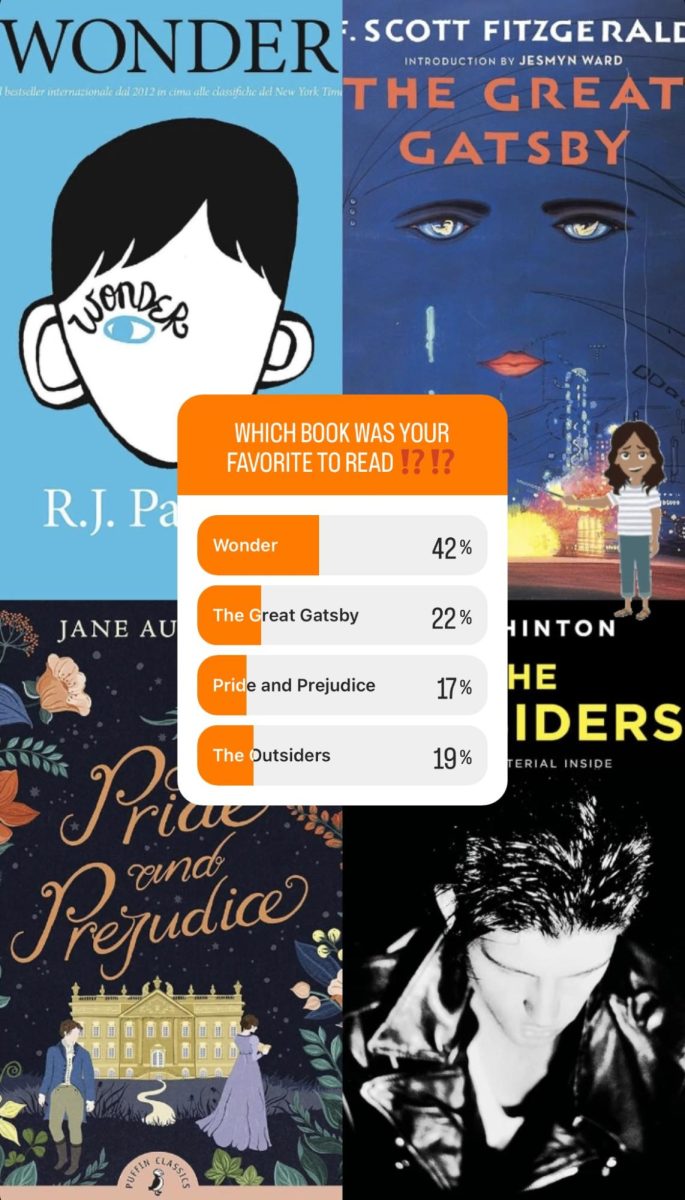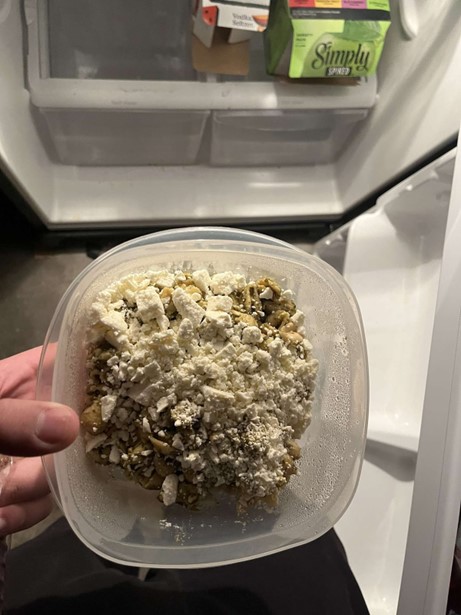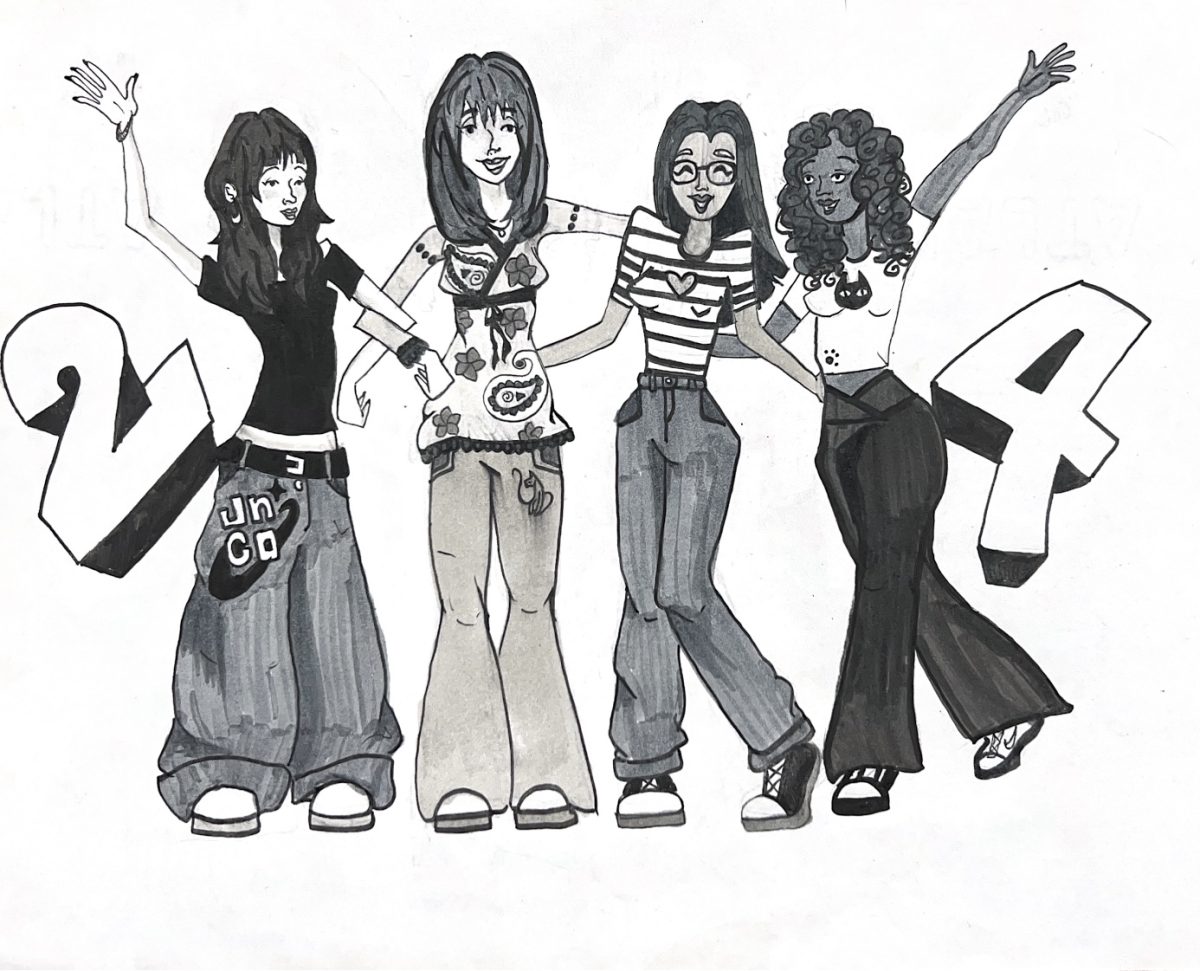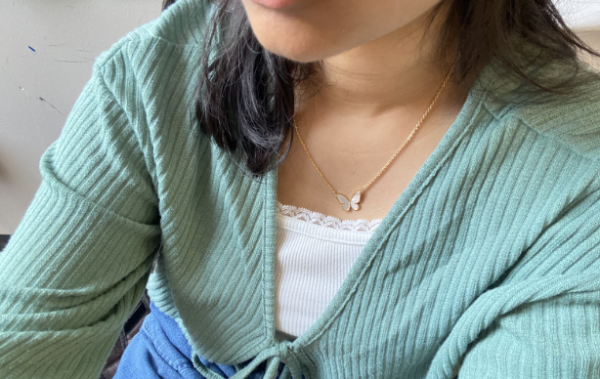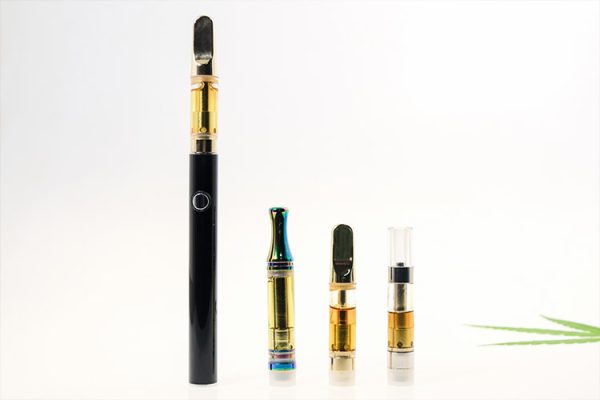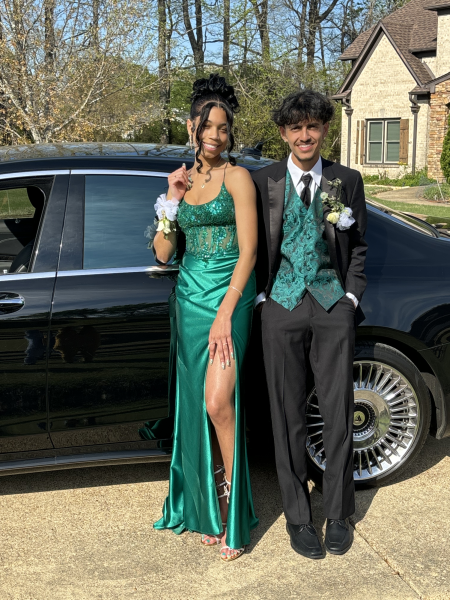The social impact of Victoria’s Secret fashion

COCO & LOLA'S MIDTOWN LINGERIE MEMPHIS
Memphis’s Coco & Lola’s carries a wide range of lingerie and undergarments in a variety of styles, sizes and fabrics. The sizes range from XS to 5X, and despite the difference in the amount of fabric used, Coco & Lola’s does not raise their prices.
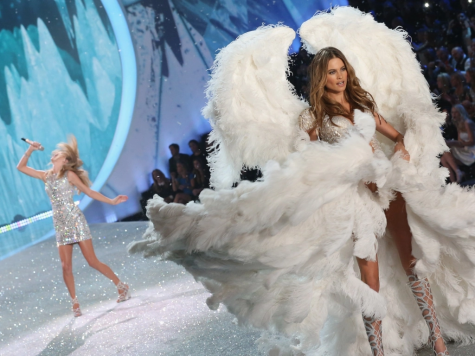
From flashing, hot-pink signs to model-like mannequins, Victoria’s Secret has built its brand as one of America’s most recognizable lingerie and undergarment companies. During its prime, Victoria’s Secret was named the most popular apparel brand in the world in 2014, with sales nearing $5 billion in a single year — but it was not always this way.
In the 1970s, the creation of Victoria’s Secret intended to make shopping for lingerie more comfortable for men shopping for their wives. However, while on the verge of filing for bankruptcy, Victoria’s Secret was purchased by L Brands, the current parent company of Victoria’s Secret, PINK and Bath & Body Works, in 1972. Through marketing and branding, the company revamped the catalogs. It popularized “sexy” undergarments and nearly reached two billion dollars by the early 1990s and became the largest lingerie retailer in the United States. Victoria’s Secret became even more popular with its annual fashion show featuring the brand’s new pieces on models with angel wings, aptly named Victoria’s Secret Angels.
“[The Victoria’s Secret Angels] were oftentimes tall, thin and white — and when I say thin I mean they’re incredibly thin,” Coco & Lola’s Midtown Lingerie Memphis employee, Zoë Elliotte said. “I remember growing up reading about their diets and them being insane and [the models] would work out [for] this many hours within a day and they can’t weigh or be any size larger than this. That [culture] was really common, in general, for fashion in the ‘90s and early 2000s. You know how trends and body [types] fluctuate, you know it’s troubling to see that would be idealized. Women, or really anybody, would have to go to extreme lengths to have what someone would perceivably call an ‘ideal body’ when realistically, an ideal body is a healthy body and a body that feels good.”
With the growing awareness of movements like the body positivity movement and more competitors catering to a broader range of bodies, Victoria’s Secret started experiencing a decrease in same-store sales in 2016.
“How they differentiated themselves was [by] just making something — selling something that realistically is not easily attainable or not attainable for most people, which is just the idea of looking like a Victoria’s Secret Angel on the runways or in the ads and things like that,” Elliotte said. “It’s just not realistic for everyone. At the end of the day, it doesn’t end up making the buyer feel better about themselves, and that’s what the goal of lingerie is supposed to be — so that you feel good about yourself. At the end of the day, someone else might not see what you are wearing under your clothes, but that’s the first thing you put on — your underwear or your bra, and that is for you.”
The body positivity movement began in the late 1960s as the fat acceptance movement, but the term “body positivity movement” emerged in the 1990s and started to garner more awareness surrounding larger bodies. The modern take on the movement could be seen around 2012, which challenged unrealistic feminine beauty standards and spread the message that “all bodies are beautiful.”
“The body positivity movement has gone from ‘you have to be this way’ to being, ‘you can be completely healthy and comfortable in your own skin, even if you are not this ideal body type and you’ll still be accepted and there will be clothes that [will] make you feel good – like in your body,’” Molly Engstrom (11) said.
Victoria’s Secret started losing popularity as competing brands began offering a wide range of sizes. At one point, the public called out Victoria’s Secret for charging more for the larger-sized bras while their competitors set the same price regardless of size.
“As a buyer, it might be a two or three dollar price difference on our end, but for the customers, we never upcharge for [lingerie] to be a larger size,” Elliotte said. “I think it would be absurd to essentially penalize someone for having or wearing a larger size.”
The brand’s last fashion show was in November 2018. In 2021, Victoria’s Secret removed their Victoria’s Secret Angels and replaced them with seven new ambassadors, also known as the Victoria’s Secret Collective. There is still much debate about whether Victoria’s Secret’s rebranding is genuine or if Victoria’s Secret is only adapting after being called out for not being size-inclusive and marketing to a wider customer base.
“I’ve still heard criticisms online that it’s not actually as size-inclusive or that [the customers] don’t feel like the products represent them just because [Victoria’s Secret] are doing it because they have been called out,” Elliotte said. “Sure [it is a good business move], I mean but a little too late … I mean they are still a large business and they’ve traded over who’s running it but I think overall people are still gonna be looking in other areas to be included because they have been asking for it for so long.”
After a four-year hiatus, the fashion show is predicted to return with a new version later in 2023. It is unclear whether or not Victoria’s Secret Angels will make its reappearance or if the company will diversify its models in terms of race or size.
“I mean [the fashion show] was one of their staple pieces of the brand and any major company is going to wanna do a fashion show of their things that have come out throughout the year[s] so I’m not surprised about that, and they’ve already started rebranding the business so they were going to have to rebrand the fashion show anyways,” Elliotte said. “Technically, [Victoria’s Secret] are a large business but they’re still our competition. But in the grand scheme of lingerie or like pushing for what should be represented in the fashion world, I just hope that they are more inclusive.”
Your donation will support the student journalists of White Station High School. Your contribution will allow us to purchase equipment and cover our annual website hosting costs.

